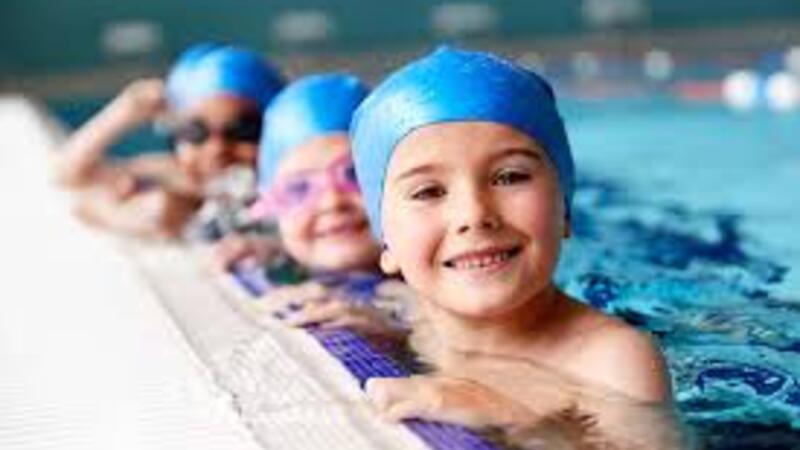Key Takeaways
- Swimming aids in physical, cognitive, and emotional development.
- The structured environment of swimming classes promotes safety and discipline.
- Various studies underscore the long-term benefits of early swimming education.
Table of Contents
- Physical Benefits of Swimming
- Cognitive Development Through Swimming
- Emotional and Social Benefits
- Importance of Water Safety Education
- Supporting Research and Data on Swimming
- Choosing the Right Swimming Class
Discover the multitude of benefits swimming offers children. From strengthening muscles and improving cardiovascular health to enhancing endurance and reducing obesity risk, swimming provides a low-impact, full-body workout suitable for all ages. Dive into swimming’s advantages for holistic child development.
Choosing the Right Swimming Class
When selecting a swimming class for your child, consider factors like the instructor’s credentials, class size, and the facility’s safety measures. An experienced and certified instructor can provide high-quality instruction and ensure a safe and engaging learning environment. Reduced class sizes facilitate more individualized attention, guaranteeing that every kid gets the support they require to advance at their speed. The facility should have appropriate safety measures, including lifeguards on duty, clean and well-maintained pools, and clear safety protocols. If you’re searching for swimming classes near you, many parents find courses like those offered at swimming classes near me to be an excellent starting point. Such programs often combine professional instruction with a focus on safety and fun, providing children with a positive and enriching swimming experience.
Physical Benefits of Swimming
Swimming offers comprehensive benefits for children. It is a full-body workout that strengthens muscles, boosts cardiovascular health, and improves endurance. Engaging multiple muscle groups enhances overall strength and flexibility. Regular swimming aids in combating childhood obesity by improving lung capacity and supporting healthy weight maintenance. Its low-impact nature makes it ideal for children of all ages, promoting gentle exercise that is kind to developing bones and joints, thanks to water’s buoyancy.
Cognitive Development Through Swimming
Researchers have found that children who swim regularly exhibit better problem-solving skills and cognitive abilities. This improvement is linked to the combination of physical activity and the mental focus required during swimming lessons. Swimming involves learning various strokes, breathing techniques, and timing, all requiring concentration and cognitive engagement. Studies have shown that these aspects can enhance brain function and academic performance. Children who participate in swimming tend to perform better in school, demonstrating improved mathematics and reading skills than their non-swimming peers.
Emotional and Social Benefits
Swimming classes provide a structured and social environment for children to make new friends and build social skills. Interacting with peers in a group setting helps children learn critical social norms such as teamwork, cooperation, and sportsmanship. They also experience a sense of camaraderie and friendship, which can significantly boost their confidence and self-esteem. The feeling of achievement they get from learning new techniques and improving their swimming abilities can instill a lasting sense of accomplishment and pride. Additionally, the physical activity and fun associated with swimming can reduce stress and promote overall emotional well-being, making children happier and more relaxed.
Importance of Water Safety Education
Understanding water safety is critical, especially for young children. One of the most extensive injury-related deaths among children is drowning, which can be considerably decreased with formal swimming instruction. Swimming classes teach children how to swim and instill essential safety practices that can be lifesaving. These include learning to float, understanding pool rules, and recognizing potential hazards in and around water. By fostering a greater understanding and respect for water, water safety education gives kids the knowledge and abilities they need to enjoy water activities safely and responsibly for the rest of their lives.
Supporting Research and Data on Swimming
Numerous studies highlight the extensive benefits of swimming for children. For example, a study discussed on ScienceDaily found that early aquatic experiences can enhance motor skills and cognitive development. This research emphasizes the importance of early exposure to swimming environments for optimal developmental outcomes. Furthermore, a comprehensive report by the CDC underscores the importance of incorporating swimming into children’s regular physical activities for long-term health benefits. These studies provide a robust foundation for understanding the multifaceted benefits of swimming and support the inclusion of swimming lessons in children’s education and physical fitness routines.
